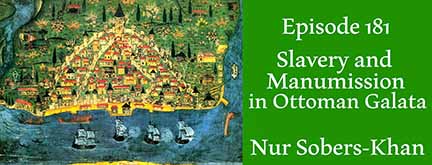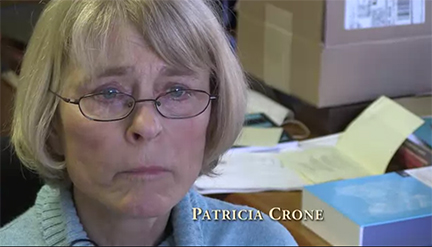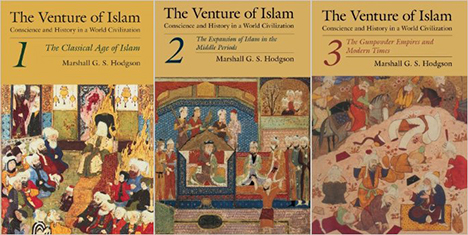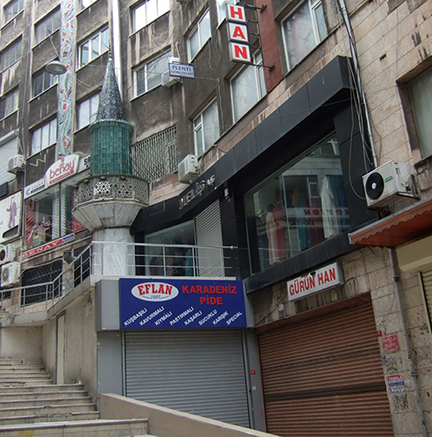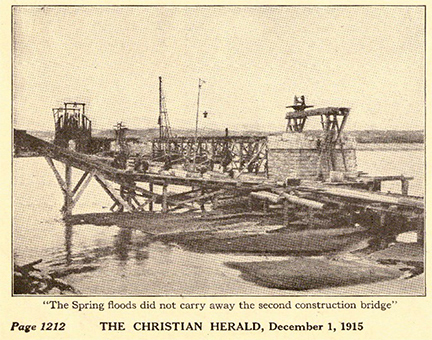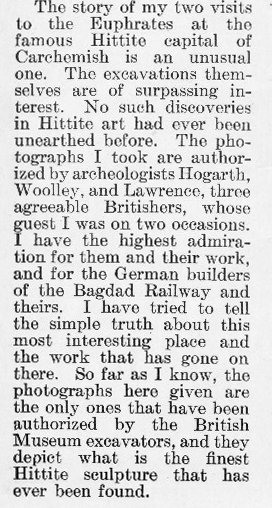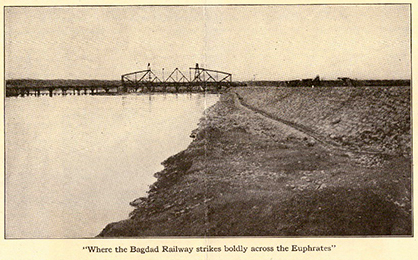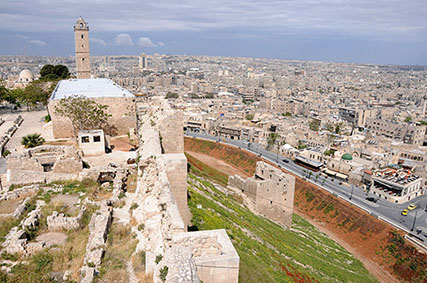
Aleppo from the Citadel before the recent destruction
New high-resolution satellite image analysis: 5 of 6 Syrian World Heritage sites ‘exhibit significant damage’
September 19th, 2014, Archaeology News
In war-torn Syria, five out of six World Heritage sites now “exhibit significant damage†and some structures have even been “reduced to rubbleâ€, according to new high-resolution satellite image analysis conducted by the nonprofit, nonpartisan American Association for the Advancement of Science (AAAS).
The AAAS analysis, offering the first comprehensive look at the extent of the damage to Syria’s precious cultural heritage sights, was completed in partnership with the University of Pennsylvania Museum of Archaeology and Anthropology’s Penn Cultural Heritage Centre (PennCHC) and the Smithsonian Institution, and in cooperation with the Syrian heritage Task Force. The National Science Foundation funded the analysis, which provides authoritative confirmation of previous on-the-ground reports of damage to individual sites.
“Only one of Syria’s six World Heritage sites‒ the Ancient City of Damascus‒ appears to remain undamaged in satellite imagery since the onset of civil war in 2011,†said Susan Wolfinbarger, director of the Geospatial Technologies and Human Rights Project at AAAS. Historic structures residing at the other five sites, including ancient mosques, schools, and civilian as well as government buildings, have all been damaged, and in some cases, destroyed, AAAS reported. Wolfinbarger added, however, that “the Damascus site also could have damage not visible in satellite images.†Continue reading Syria’s World Heritage in Peril →
